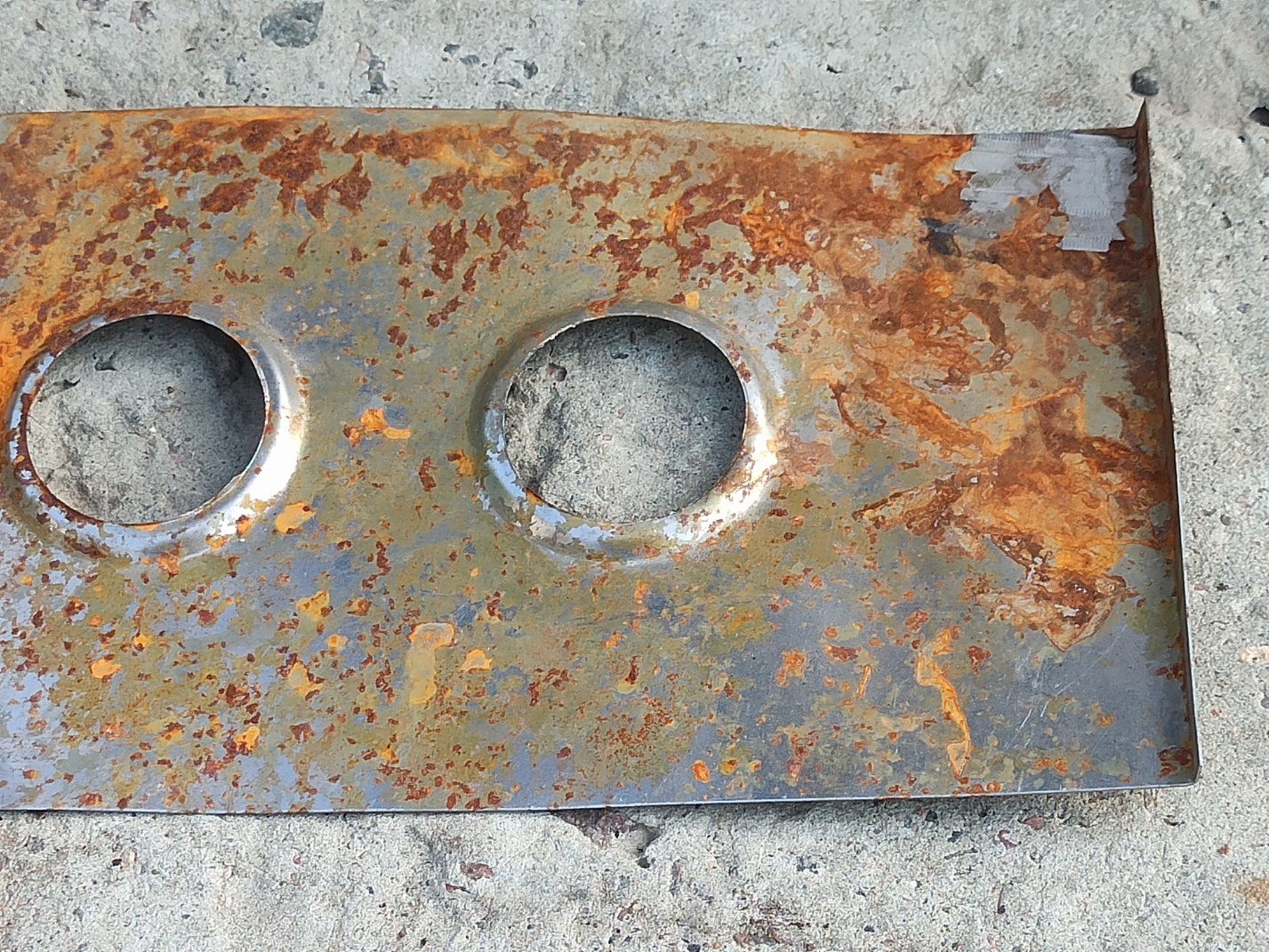Equipment used: installation with IR laser 1064 nm, pyrometer.
We were tasked to perform laser processing of various metal surfaces and look at the result of the processing itself. We carried out cleaning of surfaces of various shapes and dimensions with an installation with an IR laser, the wavelength of which is 1064 nm, the work itself was carried out in a car repair shop.
Surface Cleaning #1
For the first experiment, the part shown in Figure 1 was chosen. Judging by the rust accumulated on it, the part is old and with a rather large layer of rust.
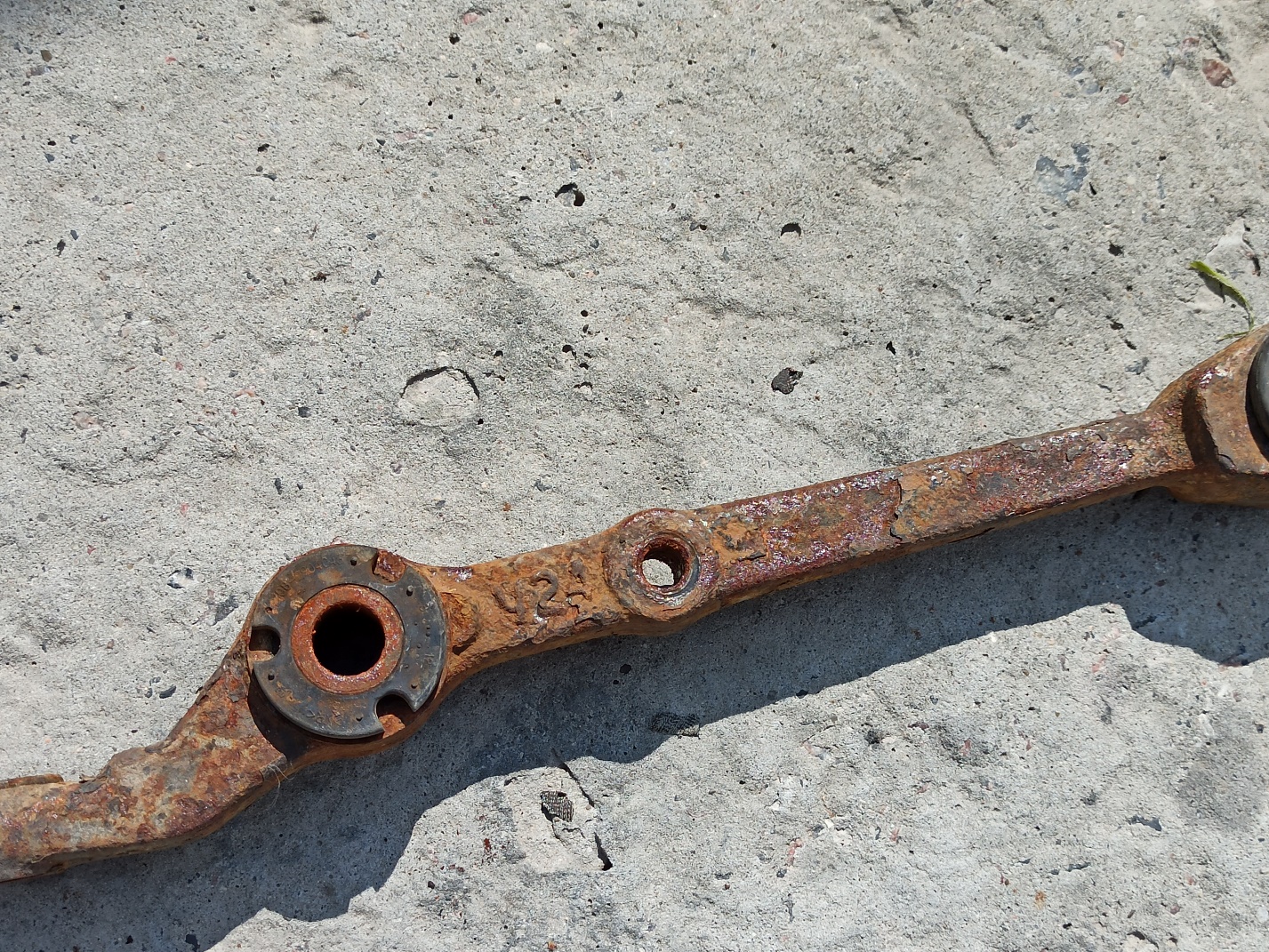
For clarity of processing, a small area was selected on this part, the result after processing is shown in Figure 2.
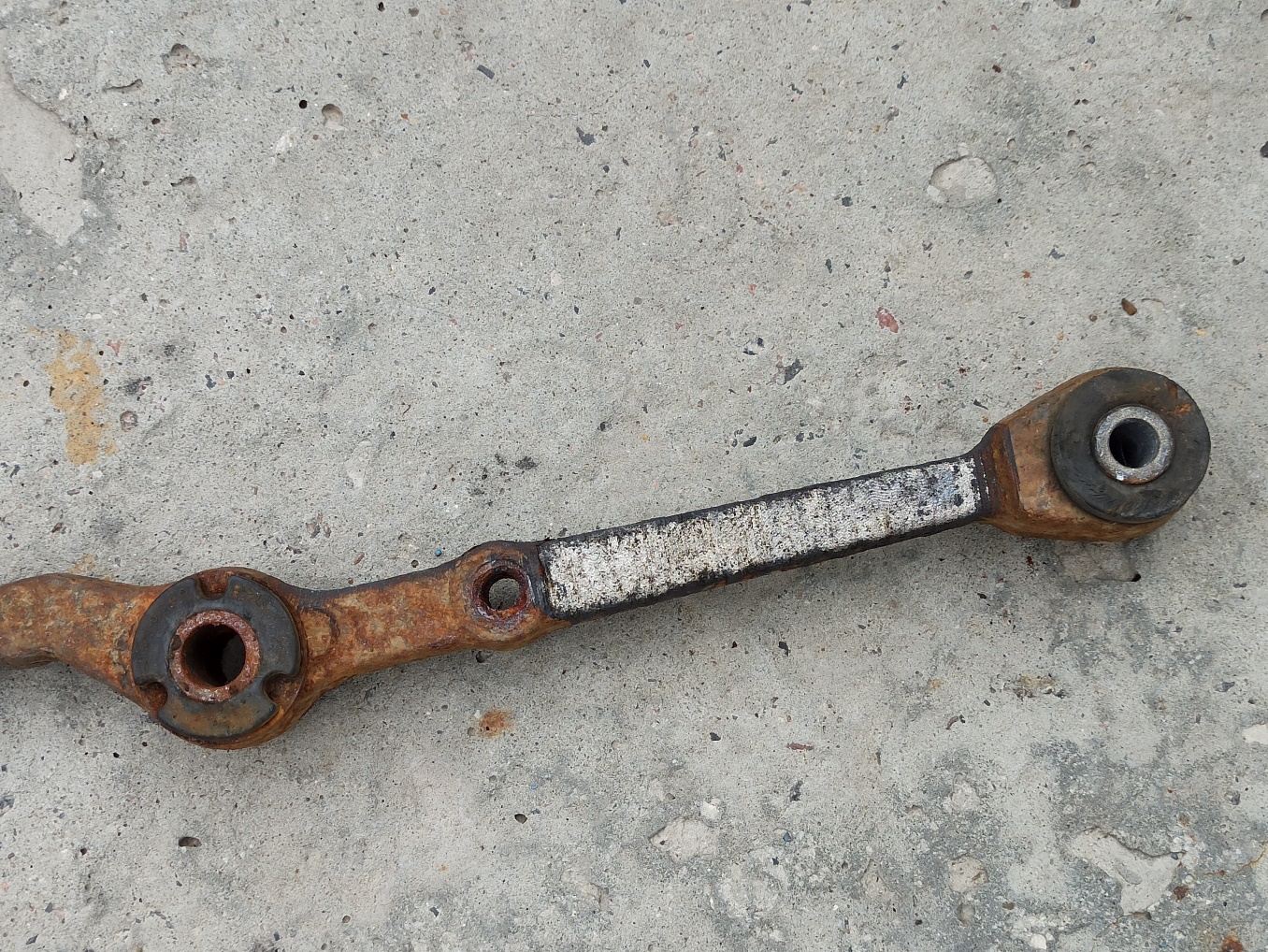
The processing time for this surface is approximately 5 minutes. Photo 3 shows the result of intermediate cleaning, the laser leaves a black caked mark.
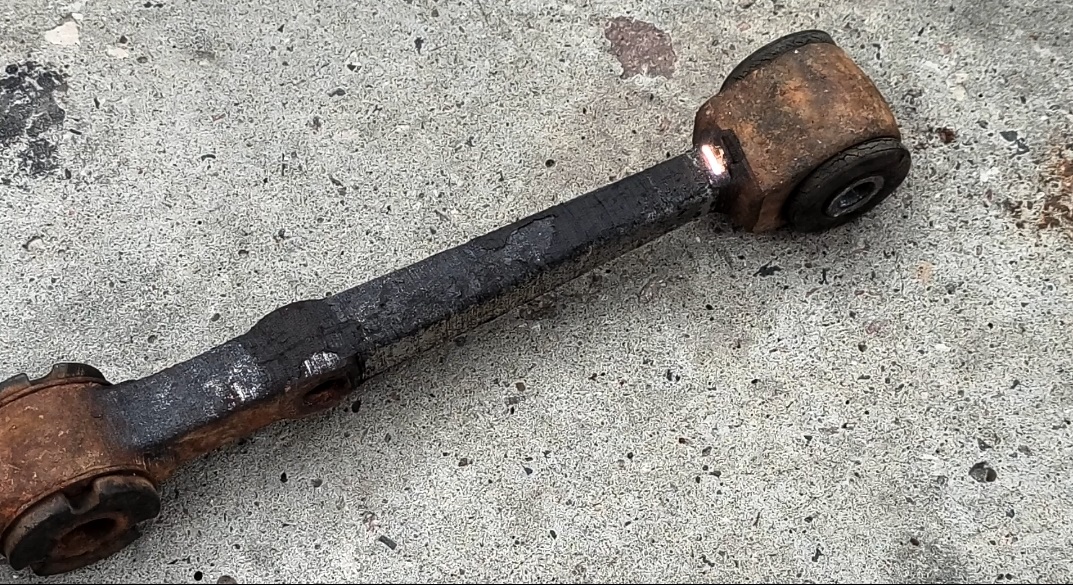
Video 1 and video 2 show the result of cleaning this part from rust. Figure 3 also shows the operation of the laser and the blackened metal “baked” during the removal process.
Surface Cleaning #2
The second machined surface was the hood of the car from the back. During the surface treatment of the hood, ignition of the paint was noticed.
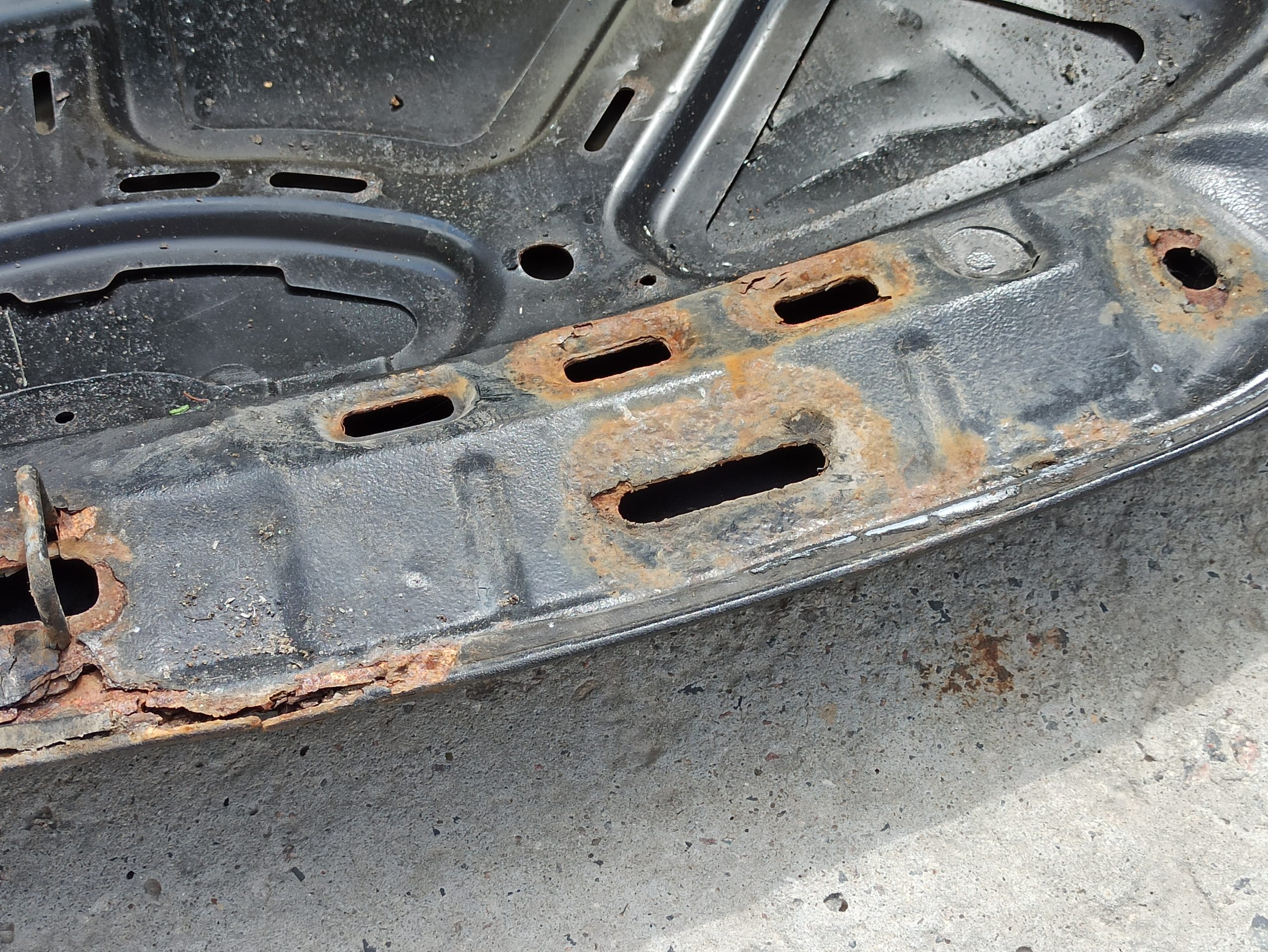
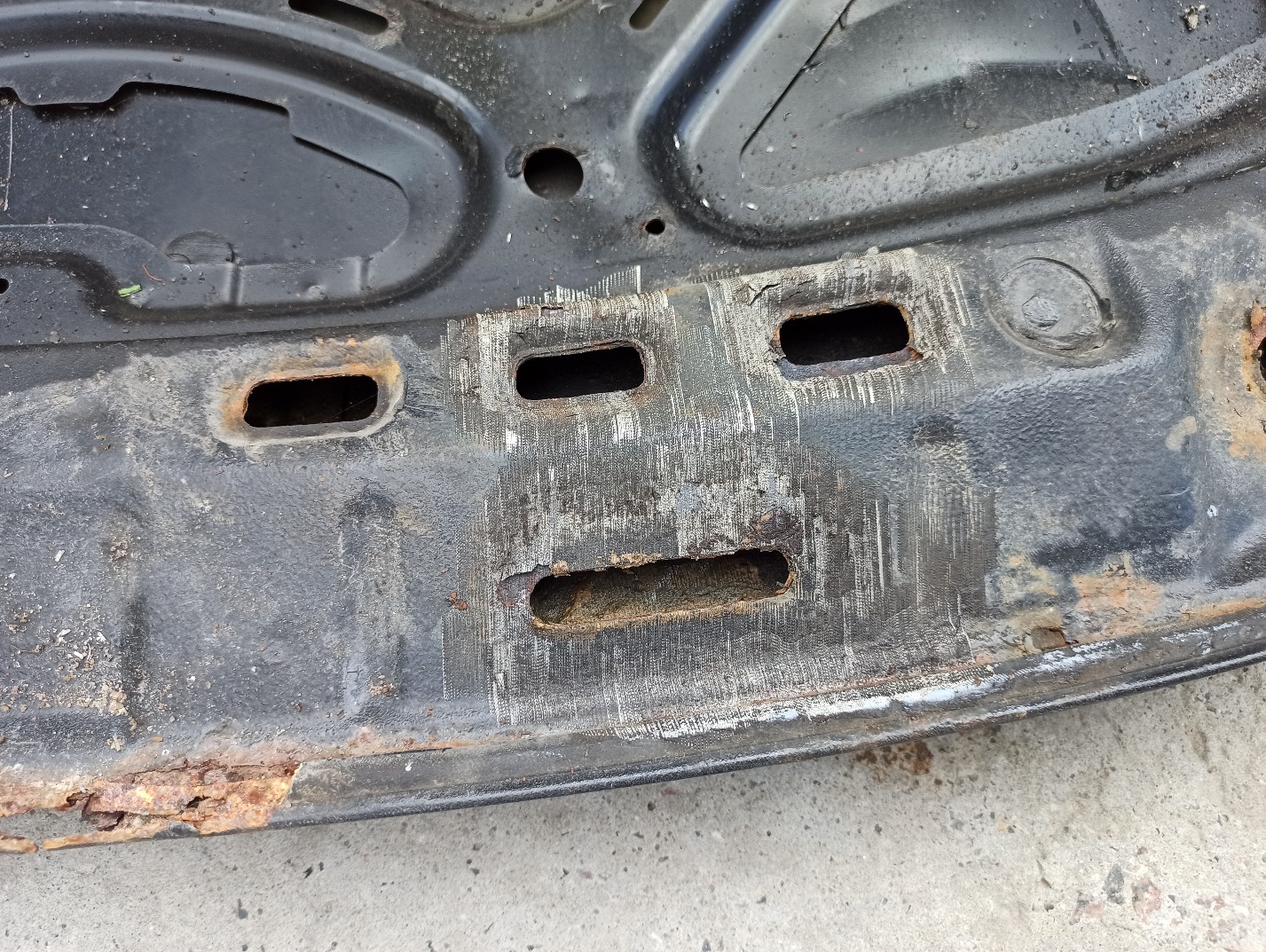
Specifically, rust was removed poorly from the inside of the hood, and further experiment was not advisable due to the poor condition of the hood itself (the metal was rotten in some places) and there was a strong smell of burnt paint.
Surface Cleaning #3
An unknown car part was chosen as the third surface, presumably a speaker from a car speaker.
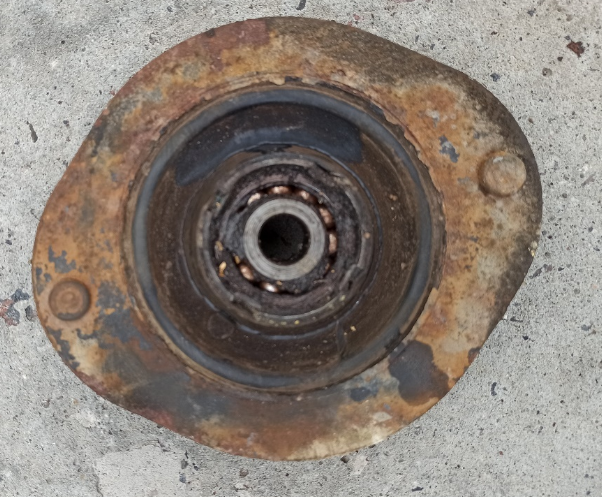
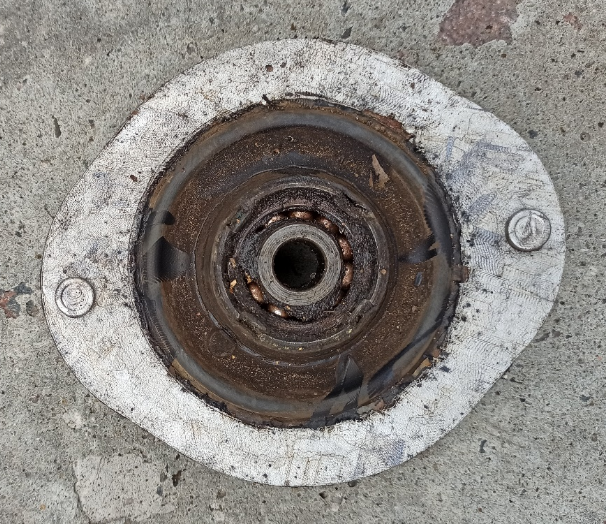
Rust on the metal surface of this sample was removed quickly and well, occasionally leaving black marks on the treated surface. Processing videos are presented in a folder called “processing 3 parts”.
Surface Cleaning #4
Also in the car service, we were allowed to clean the car door. The cleaning was carried out on a small piece at the bottom of the door, the results before and after are shown in the pictures, video in the folder called “surface cleaning #4”.
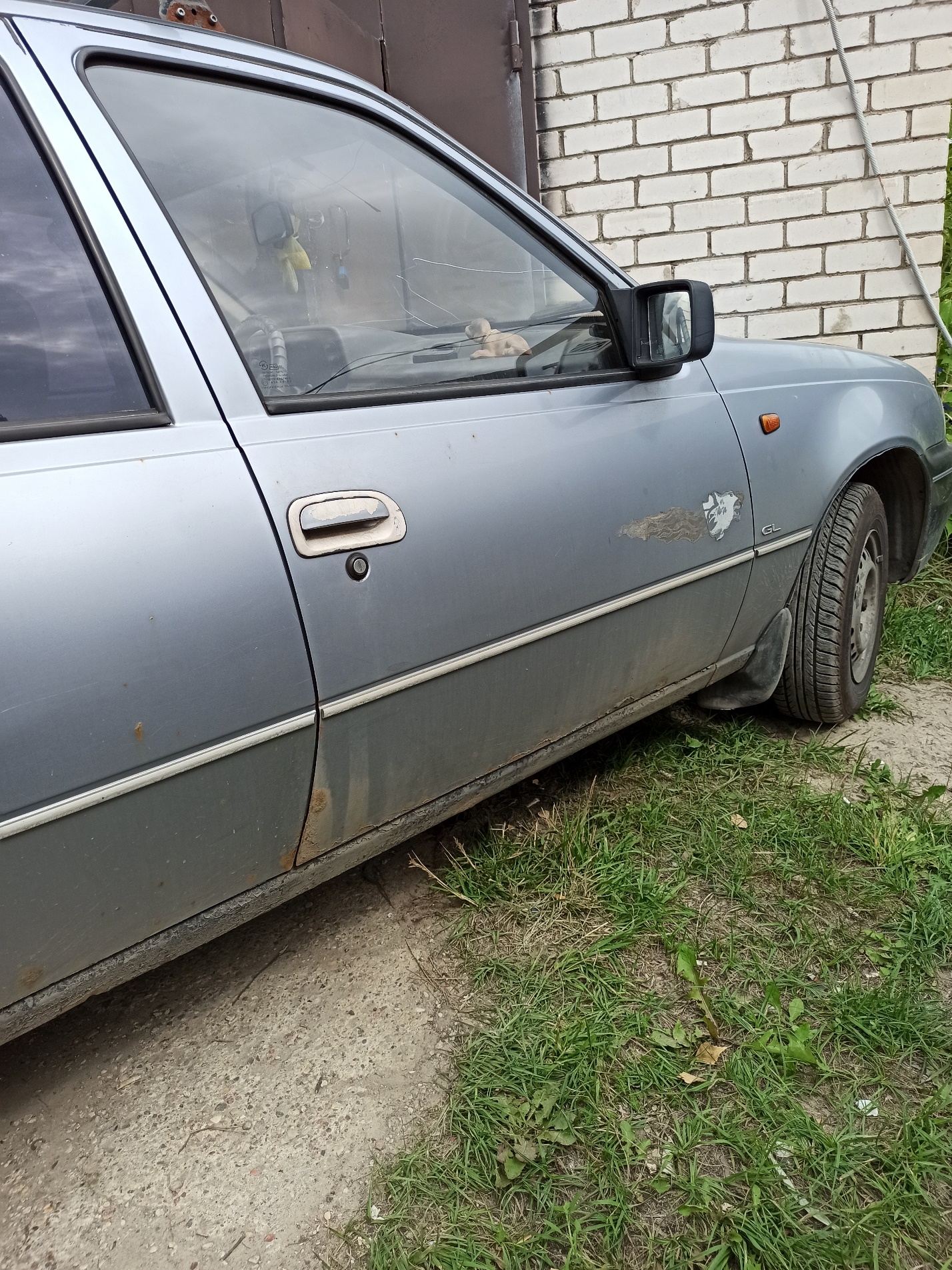
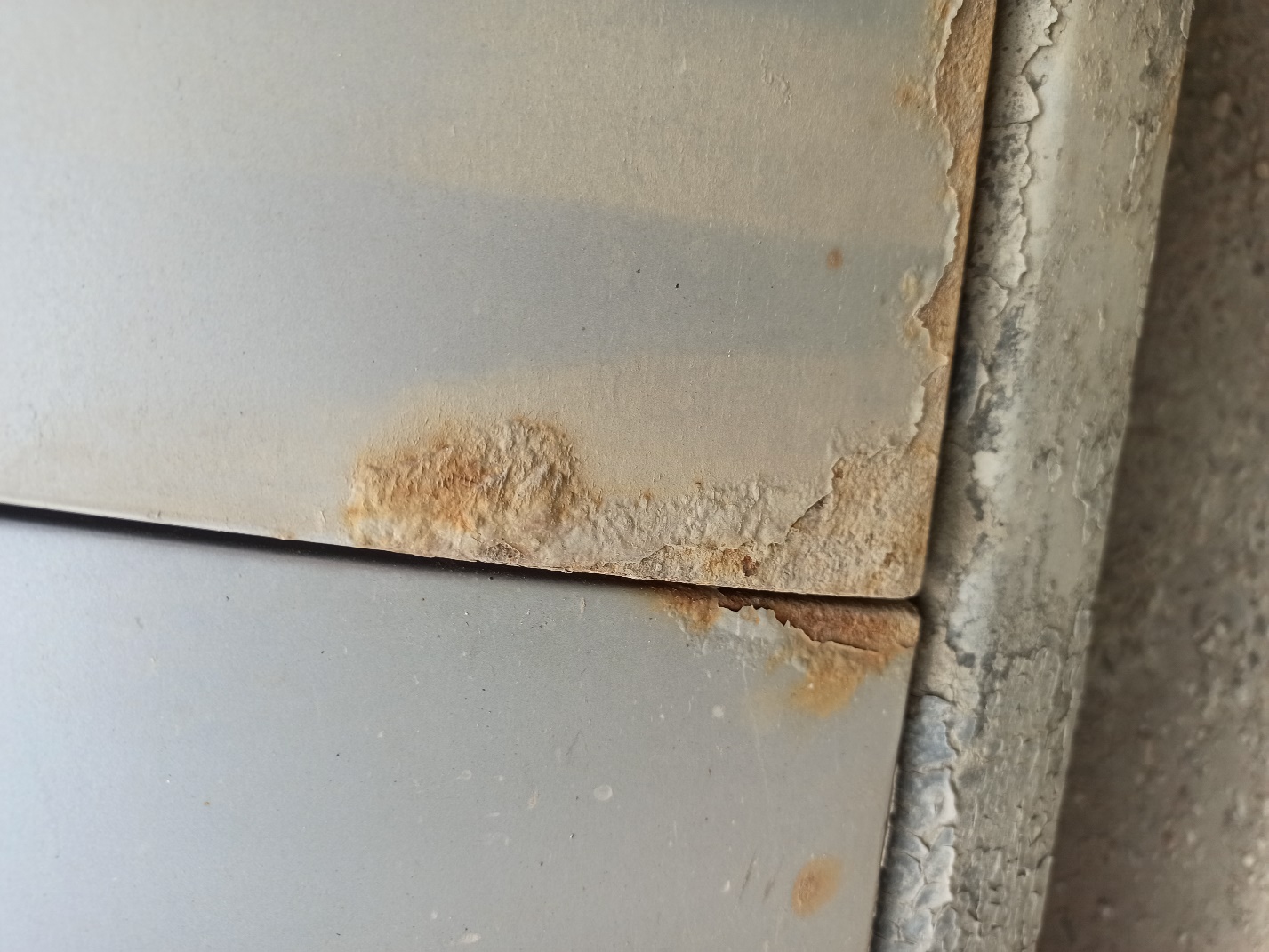
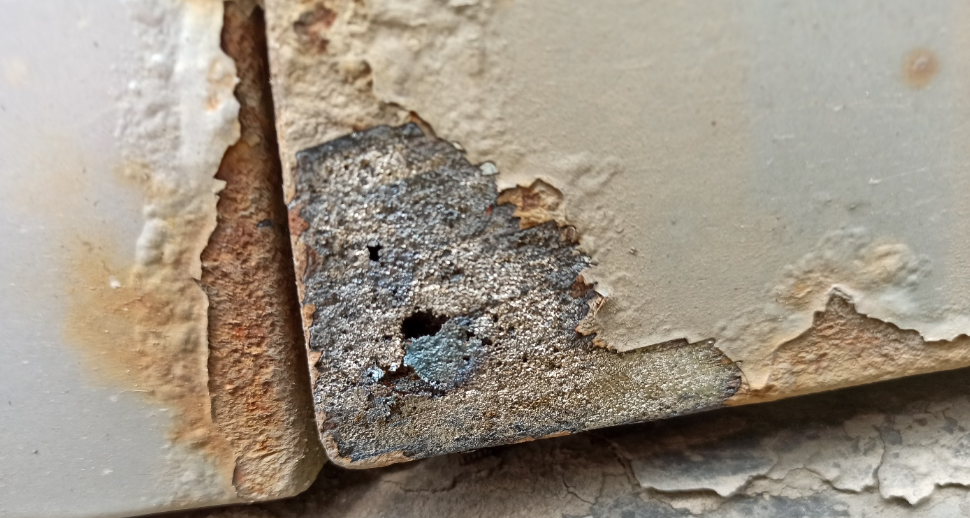
Surface Cleaning #5
In this experiment, the cleaning was carried out on the old rear surface of the car. The eleventh figure shows a general view. Figure 12 shows the surface after primary processing.
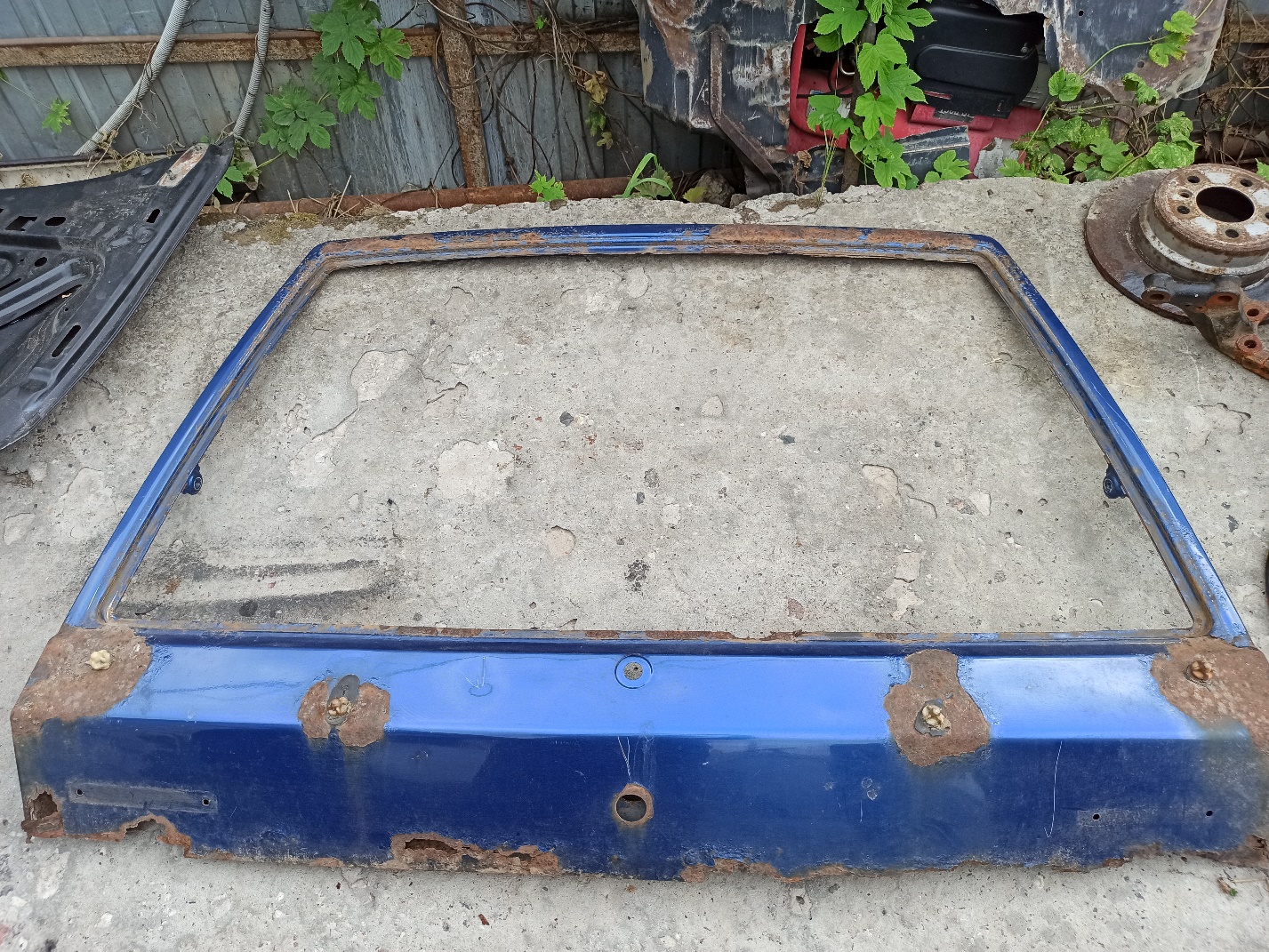

In figure 12, a red mark is visible, against the background of gray caked rusty metal. This is the mark of a screwdriver that was run over the surface to check for rust.
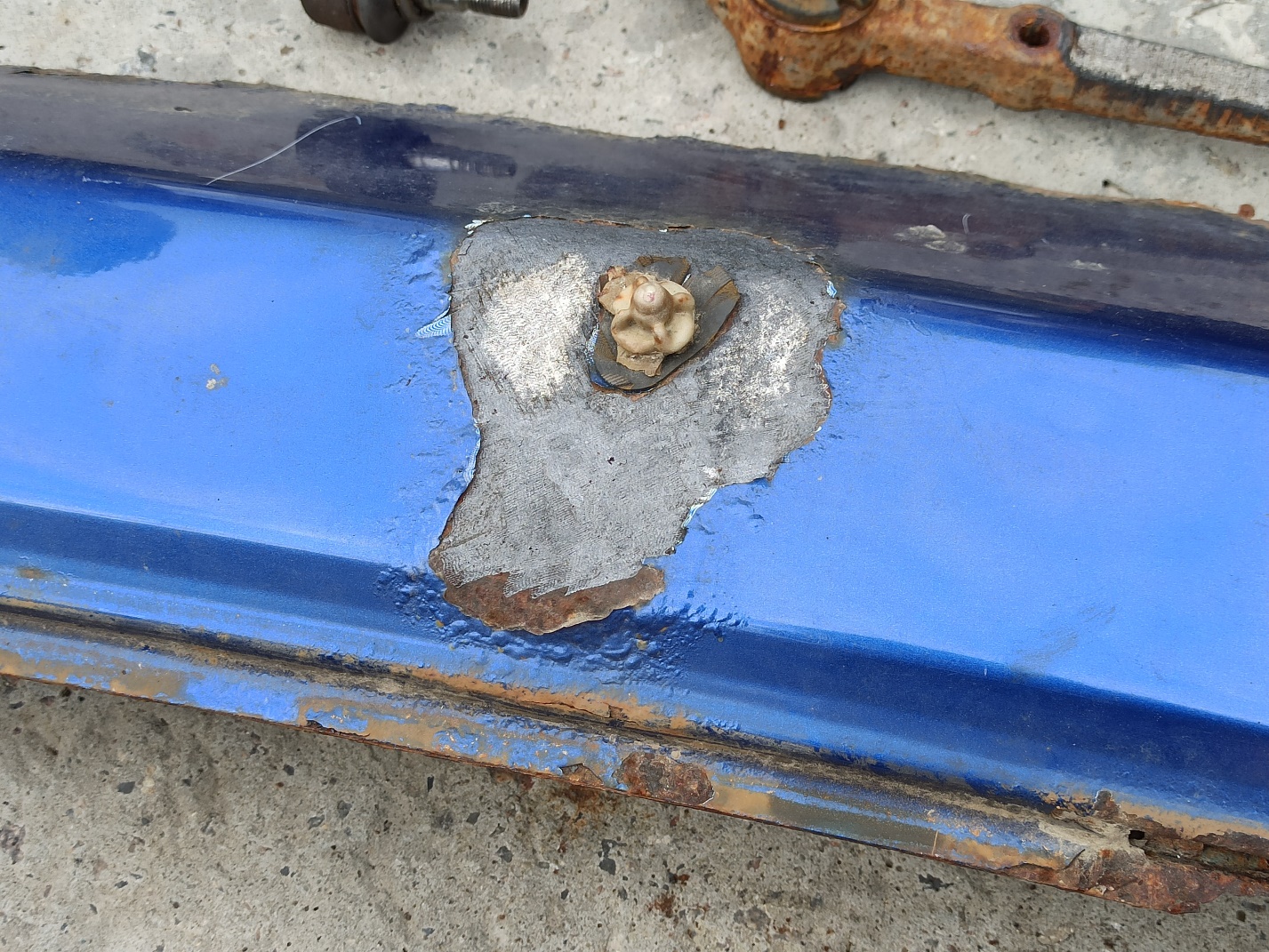
The photo shows layers of paint, caked rust and peeled metal. Cleaning even such a small area takes about 10-15 minutes. Figure 14 also shows better traces of laser processing and traces of processing with a screwdriver in order to better see the rust.
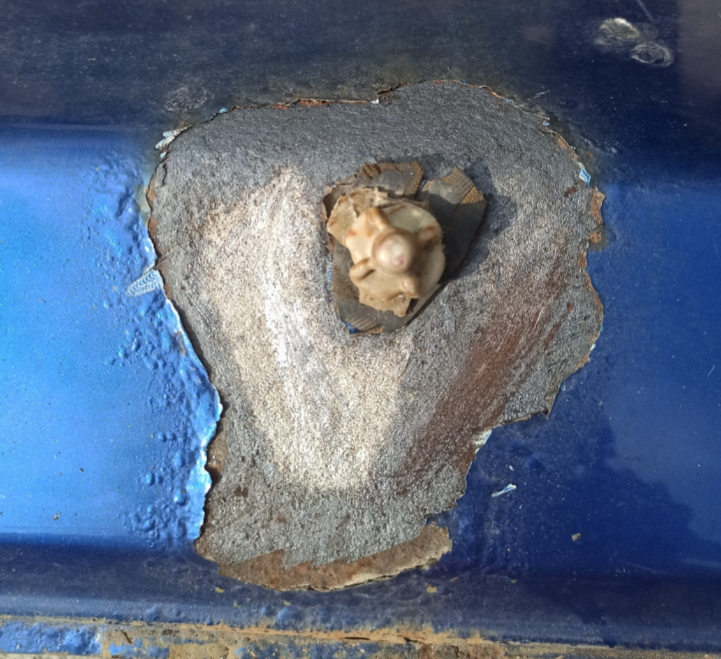
Surface Cleaning #6
They were also allowed to process a tire on a car. The result is shown in Figure 15. During processing, some problems arose, which were associated with the fact that the disk itself was uneven, and in order to maintain the focal length, it was necessary to contrive a little, constantly turning the laser. In general, the cleaning turned out to be quite good, auto mechanics also appreciated it. The processing was carried out only in the center, as there was a fear of accidentally hitting the tire of the car with the laser.
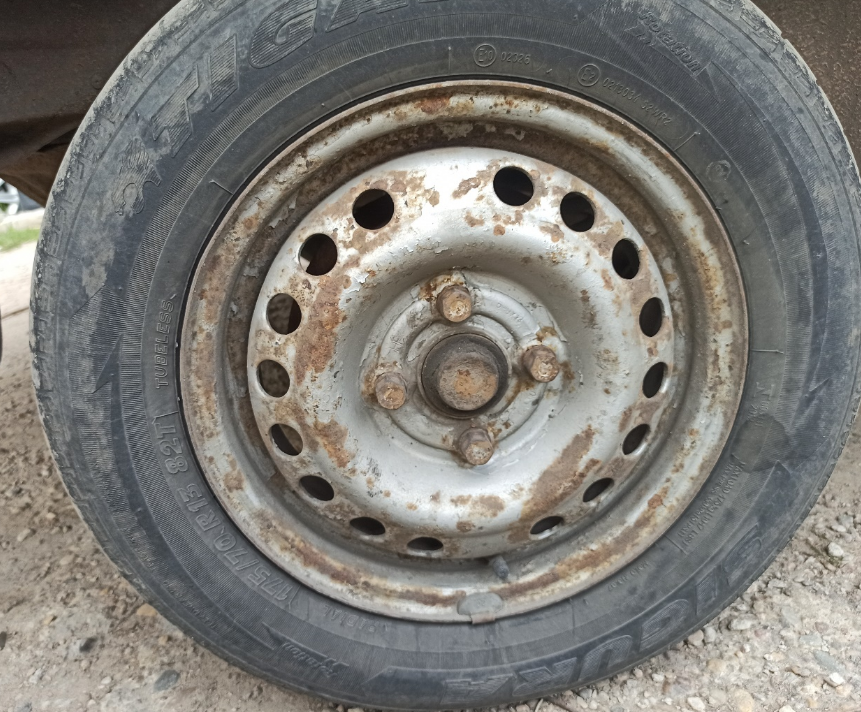

Surface Cleaning #7
The seventh part was quite rusty and had an unusual shape, which made it difficult and extended the cleaning time. It took 45 minutes to complete the part.
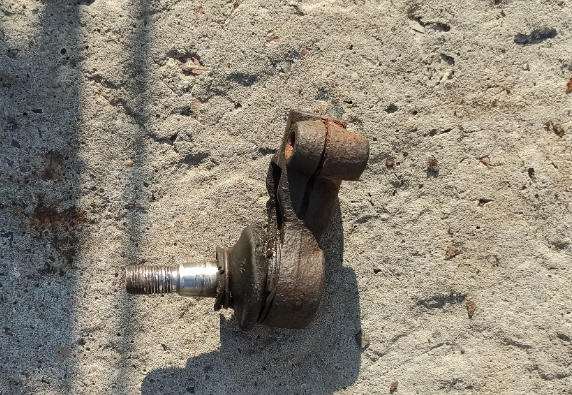
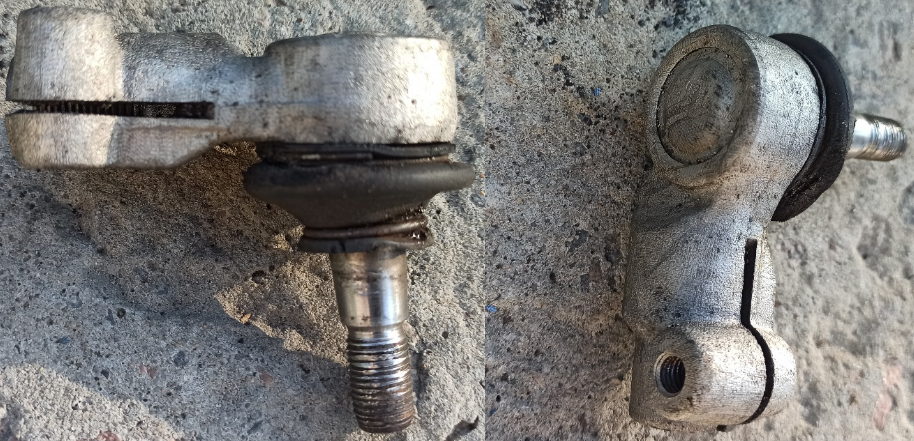
Surface Cleaning #8
Finally, we decided to process a flat part, but with strong traces of rust. Before and after results in pictures
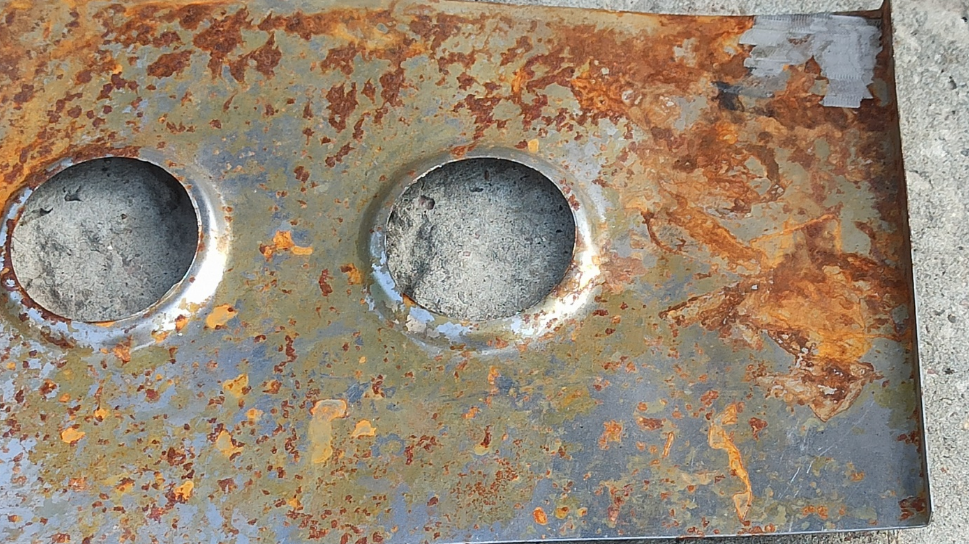
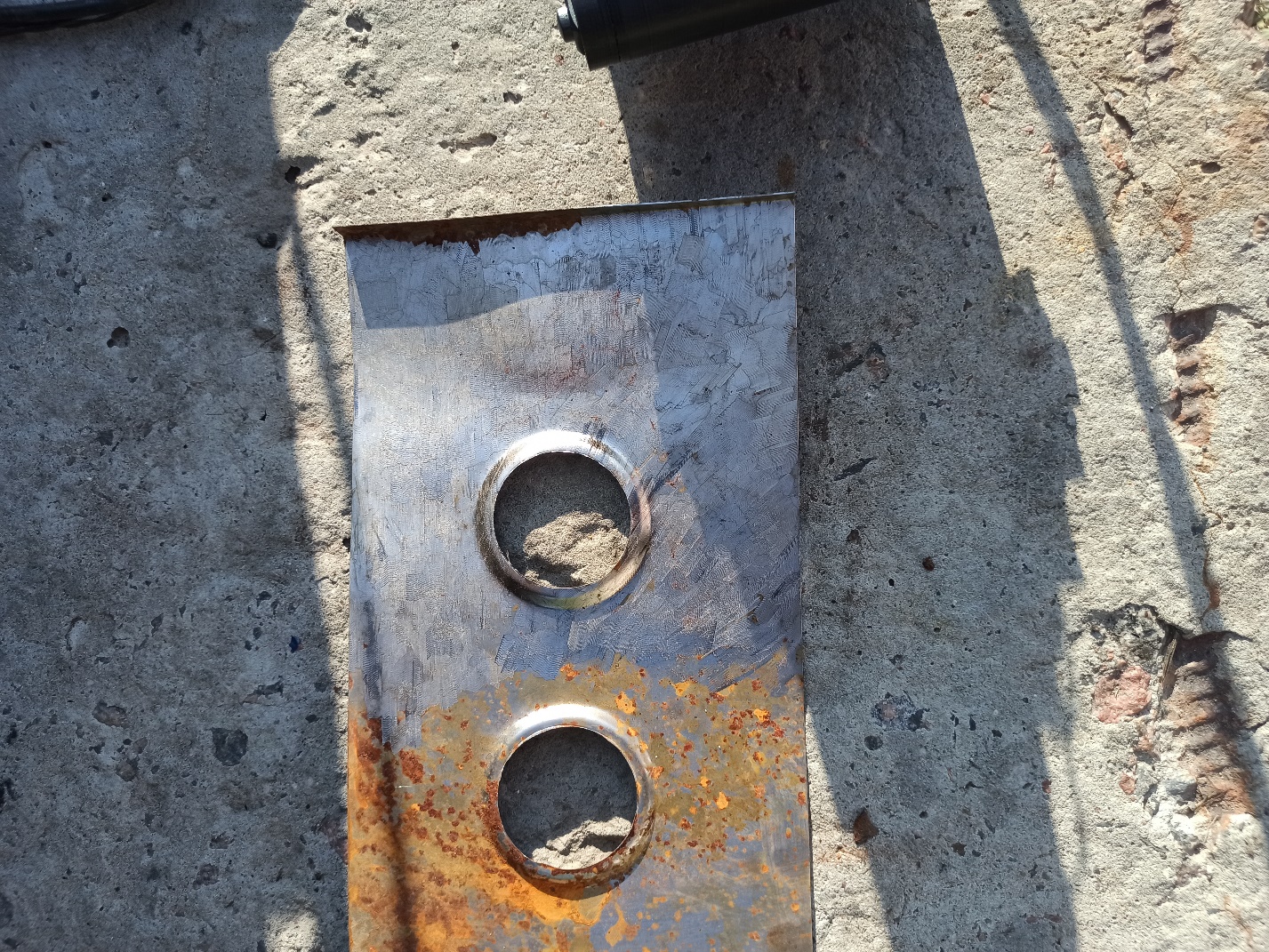
Traces of laser operation remain on the cleaned surface, and due to the lack of airflow (in our case, wind), the evaporating material is very likely to settle on the surface, which also leaves excess dirt
Conclusion: Laser treatment of metal to remove rust has proved to be very successful, in our opinion. This laser worked well on both a small amount of rust, and on rather old parts that are covered with a thick layer of rust (surface number one). In the work, it was also possible to test the laser not only on scrap, but also on a machine that was currently under repair, that is, we can say that even now this installation will find application. Among the shortcomings, one can identify the lack of accurate guiding lasers, the focus has to be guessed by the white color of the laser, but in the course of work you can get used to this well. Also with complex details (such as the “surface #6” tire), you need to constantly change the angle in order to work in focus.
